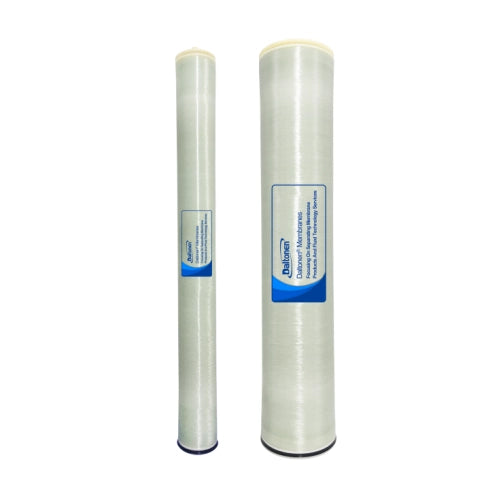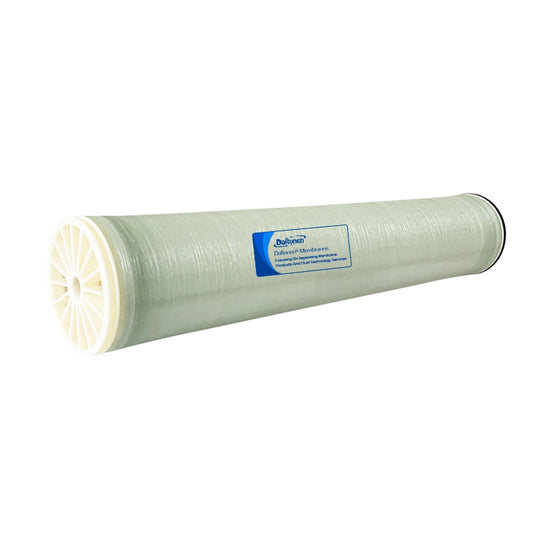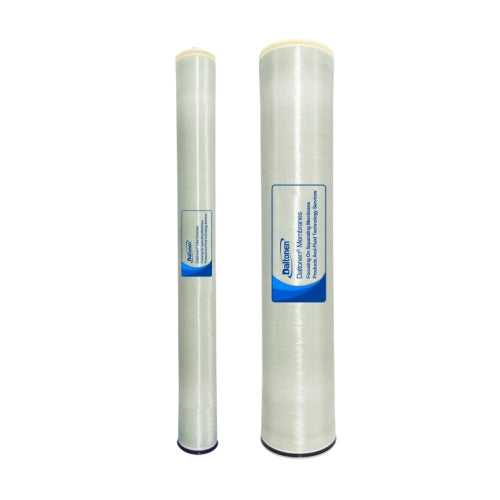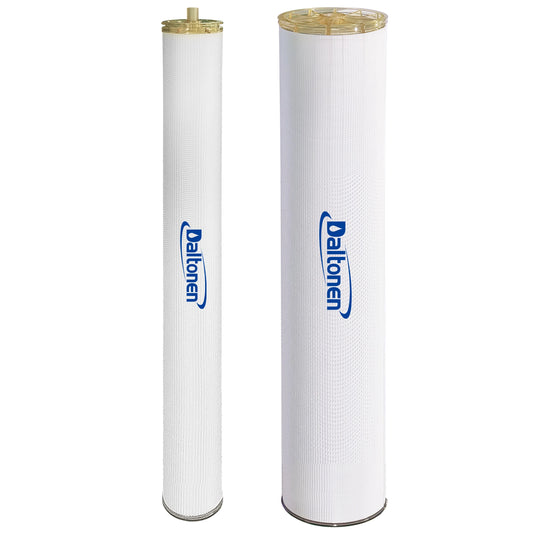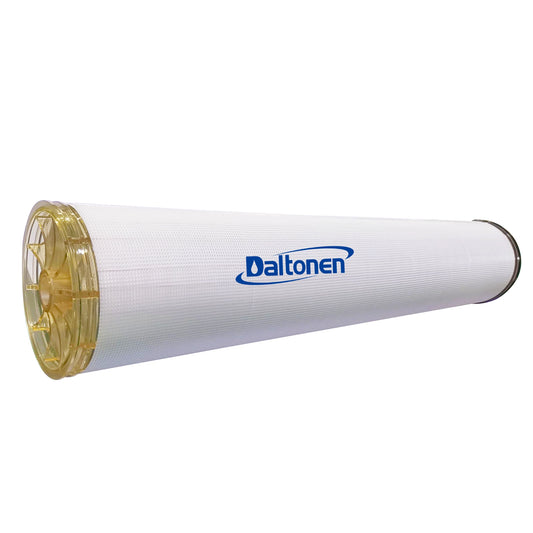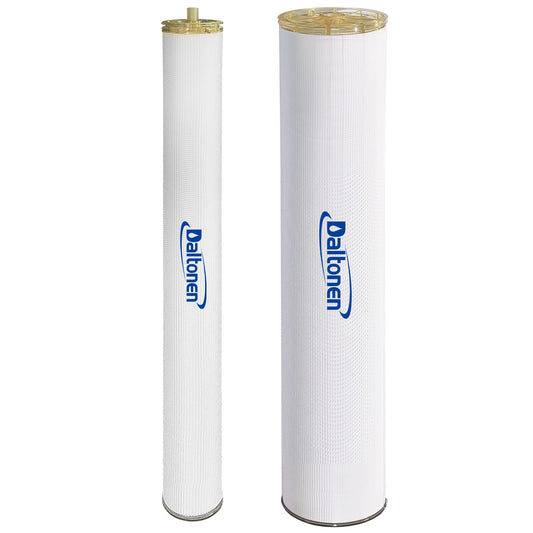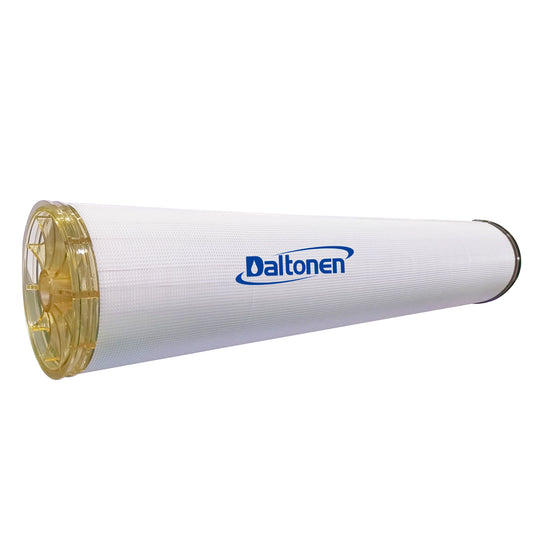Mine Wastewater Treatment Nanofiltration Process Scheme
19 May 2025
Nanofiltration Membrane Process Flow for Mine Wastewater Treatment
-
Pretreatment Stage
-
Screen Filtration: Large particulate suspended solids (such as coal dust and sand) are intercepted by a physical screen with a pore size of 5mm to protect subsequent equipment.
-
Coagulation and Sedimentation: Coagulants such as polyaluminum chloride (PAC) (15-30mg/L) are added, mixed by rapid stirring, and then allowed to settle, removing colloids, suspended solids, and some heavy metal ions.
-
Microflocculation Filtration: A ceramsite filter or sand filter (filtration rate of 10m/h) is used to further remove micrometer-sized particles, ensuring the influent turbidity is ≤1NTU to meet the requirements for nanofiltration membrane feed water.
-
-
Nanofiltration Membrane Treatment Stage
-
Membrane Module Selection: Acid-resistant nanofiltration membranes (such as polysulfonamide or triazine ring membranes) are recommended, with a molecular weight cut-off of 200-1000Da and a pH tolerance range of 2-11, suitable for wastewater containing heavy metals or acidic conditions.
-
Operation Parameters:
-
Operating Pressure: 0.5-1.0MPa (adjusted according to water quality)
-
Recovery Rate: 70-75% (permeate for reuse, concentrate for further treatment)
-
Temperature: 20-40℃ (to avoid membrane performance degradation due to high temperature)
-
-
Separation Mechanism:
-
Sieve Effect: Retains large molecular organic substances (such as humic substances) and suspended particles.
-
Charge Effect (Donnan Effect): Preferentially retains multivalent metal ions (such as Fe³⁺, Ni²⁺) and sulfate ions (SO₄²⁻).
-
-
-
Post-Treatment Stage
-
Disinfection/Adsorption: The permeate is treated with activated carbon adsorption to remove residual organic matter, and disinfected with ultraviolet light or ozone to ensure microbial compliance.
-
Concentrate Treatment:
-
Recirculation: A portion of the concentrate is recirculated to the pretreatment pool to reduce pollutant concentration.
-
Evaporation and Crystallization: High-salinity concentrate is treated with evaporation technology to recover salts (such as NaCl, CaSO₄).
-
-
-
System Maintenance
-
Chemical Cleaning: Every 5-7 days, the membrane surface scale is cleaned with a 0.1% citric acid or EDTA solution to restore flux.
-
Membrane Life Management: Regularly monitor the transmembrane pressure difference (TMP) and desalination rate, and promptly replace damaged membrane components.

-
Brief Scheme Design
Core Equipment Configuration
-
Pretreatment Unit: Screen machine, coagulation reaction tank, ceramsite filter
-
Nanofiltration System: Acid-resistant nanofiltration membrane modules (such as TS80-4040 type), high-pressure pump, automatic control system
-
Post-Treatment Unit: Activated carbon adsorption tower, ultraviolet disinfection device
-
Concentrate Treatment: Evaporation crystallizer or recirculation pipeline
Expected Treatment Effect
| Pollutant Indicator | Removal Rate | Reference Case |
|---|---|---|
| Suspended Solids (SS) | ≥99.7% | Mine Water Treatment |
| COD | 95-98% | Metal Mine Wastewater |
| Heavy Metals (e.g., Fe³⁺) | ≥95% | Acid Purification Process |
| Sulfates (SO₄²⁻) | 70-85% | Gold Mine Leaching Wastewater |
Precautions

-
Water Quality Adaptability: The type of membrane (acid-resistant or pollution-resistant) should be selected based on the pollutant characteristics in the wastewater (such as acidity or high salinity).
-
Energy Consumption Optimization: Energy recovery devices (such as pressure exchangers) can be used to reduce the energy consumption of high-pressure pumps.
-
Economic Assessment: Although the initial investment cost of the membrane system is high, long-term operation can balance costs through water reuse (over 75%) and metal recovery.
For specific equipment parameters or case data, the experimental configurations and operational effects in the literature can be referred to.
Tags:
